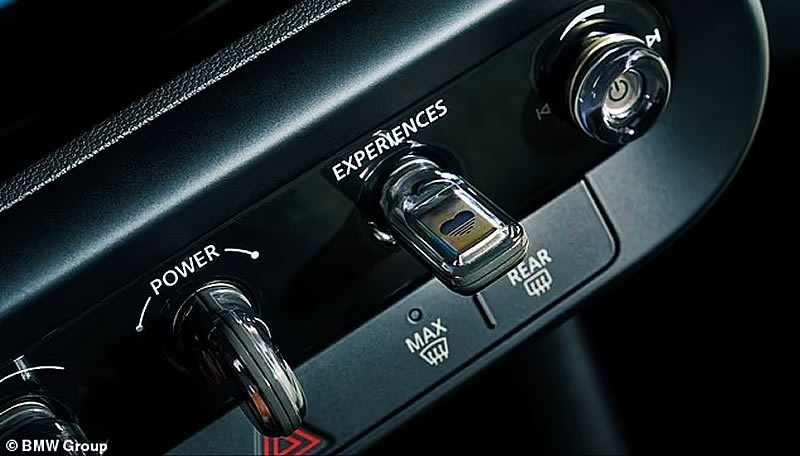Manufacturers of cars, smartphones and other equipment are beginning to abandon touch screens in favor of physical buttons. Experts argue that the widespread adoption of touch technologies was due to their low cost, rather than user-friendliness.

Image Source: Apple
Although recent years have seen a rise in the popularity of touchscreens in a variety of devices, many of the biggest tech companies are starting to return to the traditional way of switching. As the British newspaper Daily Mail emphasizes, the transition to touch technology was perceived as a step towards modern solutions, but such a transformation was largely dictated by economic considerations, and not by the desire to improve user convenience. According to Copper CEO Sam Calisch, touch screens have become such a cheap option that they are now used everywhere, even in places where they don’t belong.
The safety issue of using sensors in cars is especially acute. “Overuse of touchscreens is an industry-wide problem. Drivers are forced to take their eyes off the road, which increases the risk of accidents,” said Matthew Avery, director of strategic development of the European independent crash testing committee EuroNCAP.

Image source: BMW
The abundance of customer complaints has forced many companies to reconsider their strategy in this regard. Volkswagen and BMW have begun bringing back physical buttons to control climate control and other important functions, and controls have now become accessible through a voice assistant, allowing drivers to stay focused on the road. Even Apple, known for its minimalism and commitment to touch technology, has recognized the need for physical buttons. Thus, the new iPhone 16 introduced a programmable physical Action button to control various functions of the phone, and the MacBook Pro returned the usual function keys, abandoning the touchpad in favor of reliable and intuitive switches.